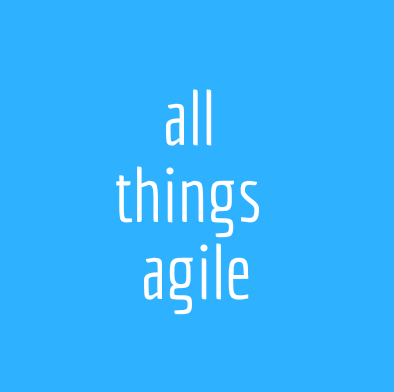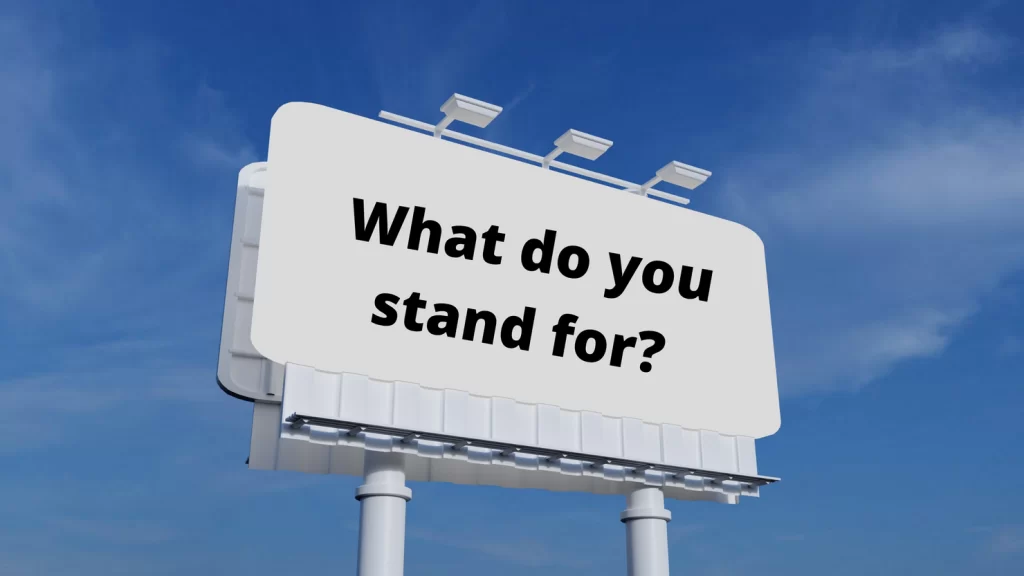We’ve all been there: lack of participation. Or people talking over each other. Not everybody shows up. The meeting takes very long. Some of us where actually hosting the meeting when it was going nowhere. I definitely was there more times than I can count. And many, many, many meetings you will take part on, to this day… still suck.
The good news is: if you are in the position of hosting a meeting, you should put the hat of a facilitator. Facilitate the meeting. The name comes from Latin and means “to make things easier”. So, how can you make things easier for meetings with your teams, with your stakeholders? Collaboration is at the heart of Agile and collaboration needs training specific interpersonal muscles. A skilled facilitator can truly foster communication and collaboration everywhere they go.
Like many things in life, facilitation is a skill. Any skill can be learned, enhanced and mastered. I will share with you how I approach meetings for maximum effectiveness: what to do, what to keep in mind.
Formatting your meetings
1. Meetings have an intention
For starters, meetings should have an intention. I find it easier to think of intention as an outcome. What should be accomplished by the end of this meeting? Are we making a decision? Are we listing options? Are we informing people or learning together? Some common types of meetings are:
- Braistorming
- Information Sharing
- Decision Making
- Solutioning
And there are more. Add to that the context of your project, product, team, etc.
Whatever the intention is, know it before you book the meeting. Think of the inputs (things needed IN the meeting) to make it successful. And think outputs too. Do we generate a document? Can the document be generated collaboratively during the meeting?
If you are thinking Scrum, for example, what is the intention behind Sprint Planning? To formulate and commit to a goal for the sprint. What is the objective of the Retrospective? To look back into past performance and collect insights for continuous improvement. Intention sets the tone on how we think and operate in the meeting.
Understanding the intention will help you with the next 3 items.
2. Meetings have an audience
Meetings are more like weddings than like college parties: you care about who you invite and the more is not the merrier. Every person that comes in should come to help us all to achieve the outcome, the intention of the meeting. If the intention is learning and informing, the people that come in should be the ones who are in need to learn and to be informed plus the ones who can give the information. If it is a decision making meeting, invite people who have enough perspective and autonomy to make this decision a clear one.
To continue on the example of Scrum, who comes for Sprint Planning? The whole team, since they are the ones that commit as a collective to the sprint goal (Intention). Can they invite some more people to the planning? Of course! The people who will be invited cannot make the commitment for the team, but they can offer knowledge that makes the meeting, and its commitment, a successful one.
3. Meetings have a timebox
If you don’t know it already, meet the Parkinson’s Law, which states that the work is bound to stretch itself to consume all the time allotted. If you give it a short amount of time, you’ll need lots of effort (and focus) to get things done. If you give it a lot of time, you get some slack.

One of the important corollaries is then to fixate a duration to meetings and mean it. Don’t extend the duration of the meeting unless you really have some indication that the extra time will be useful. In any case, it is really hard to find extra time. People’s calendar might be already booked. You cannot make up time.
That is called a timebox. Think of delivery boxes. You want ti to be of equal size or bigger than your product, so that the product can fit in a box. Same for the meeting “size”, which is the duration. If you think you need two hours, why give it less time? So that people will not be upset? A lot of times I see meetings scheduled as a “quick 30 minutes” that actually is a useless amount of time spent because it is actually too short. But you still took away 30 minutes of 8 people’s lives. So people sit through what is a half work session. Rather ineffective! Schedule your two hours and have the pleasure to see people smiling if they manage to end it in 1h10min.
If we are continuing with the example of the Sprint planning again, think realistically: the team will look into the backlog. They will wonder about what is really possible considering the roadmap, considering the circumstances of the sprint. They will select stories and tasks and check if they are in good form. They will probably use a whiteboard or look through the development environment. How long do you think your team might need? Schedule that as your timebox, no matter what others say.
4. Meetings have structure
Under the risk of becoming one big, convoluted chat, we structure meetings. Now that can become quite a big topic, because if you think of different types of meetings based on their intention and audience you might want to design something rather specific. And you should!
But to simplify, any meeting has a Before, a During and an After moment. That’s right, the structure precedes the actual event of the meeting. What needs to be done beforehand? Some information collected? Some materials prepared to share? Similarly, once the meeting is over, what do we do with the information or the outcome? Do we need to communicate it elsewhere?
And what to do during the meeting? That can vary a lot and this is where the facilitation skills will make all the difference. That is the part where people will participate (or not) and where the outcome will be achieved (or not). So I also split the During in 3 parts to ground myself when I facilitate.
- There is an introduction, where we set the stage for what is needed by the end of the meeting.
- Then there’s a development stage, during which participation occurs.
- And finally a clearly marked moment of closing: where we assess and acknowledge that the outcome has been achieved and what it is.
Designing the right structure for During your meetings can make the flow of events self-explanatory to the participants and lighten the load on you as a facilitator. You can use your time more to enable conversations and capturing insights than to try and explain to people what comes next and how to behave. If you are not yet familiar with, I suggest you start looking into Liberating Structures. I give some ideas on how to use them on another post.
Let’s go back to the Sprint Planning. In the Before the meeting, the preparation is to get the backlog in order and maybe bring the quarterly roadmap to the session. That’s the input. During the meeting a lot of things can happen depending on the team, but in some shape or form the team will look into whatever they need to accomplish and honor the roadmap. The Scrum Master, the facilitator of Scrum, will do anything possible to make sure by the end of the session the team can commit to a Sprint goal. And that is the outcome. What to do after the meeting? Making sure that the board gets updated with the goal and the list of stories or task a team takes into the sprint.
Facilitating your meetings
Your work started with the above. After all that thought literally shaping up what your meetings should look like you still have MORE work to do. Some might say that this is the most difficult part and in some ways it is.
And that’s because facilitation is how you drive the audience to the outcome.The format was a piece of it _ and very important!_ but the mindset and behaviors adopted during the meeting are what makes people transform meetings into active work sessions. Mindset and behaviors. Sounds familiar? By now you are probably hearing the ringing of Agile into it!
What does a facilitator do?
- You make sure all voices are heard. What are some ways to get the quiet folkd to contribute and to keep the very talkative ones at bay?
- You navigate conflict. What to do if a strong disagreement breeds in the room? How can people achieve a compromise?
- You help decisions to be made. This can happen by vote, by consensus and other ways.
- You help people listen to each other, not just talk.
- You bring to light something people might not be noticing.
Among other things. But one thing is for sure: as a facilitator, you keep a detached, bird’s eye view. You are the first one to come in and the last one to leave and your attention cannot drift.
Meetings are work sessions
A key point for a skilled facilitator is to create the space in which teams can see meetings as work sessions. That angst and separation people draw between “actual work” (as some say) should not exist. Meeting is not something standing in the way of work, but rather a collaborative way of working. Some outcome is to be achieved by the way of that meeting. Meetings have to be useful, actionable.
So next time you are hosting a meeting, put the facilitator hat on. What do you need to start putting in place to make your meetings better? How can you prepare so that they become work sessions?
Stay tuned for a next post in which I share my favorite thinking model for facilitation. The Schwarz model.



